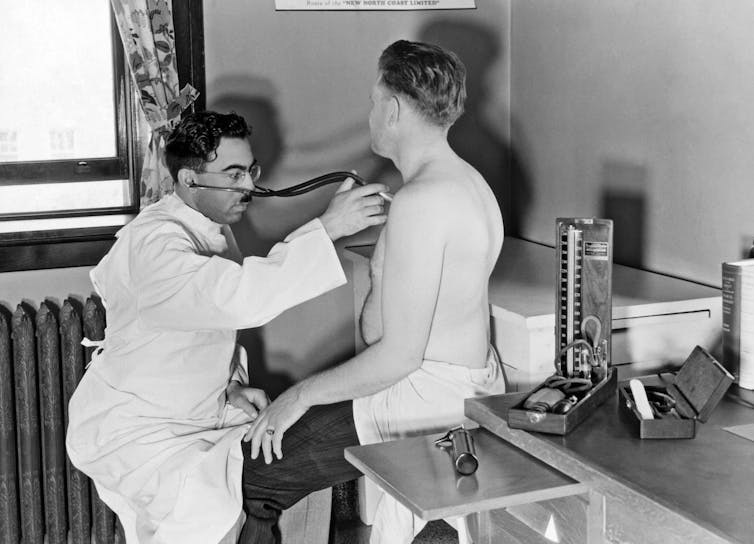Federal datasets began disappearing from public view on Jan. 31, 2025, in response to executive orders from President Donald Trump. Among those were the Centers for Disease Control and Prevention’s Youth Risk Behavior Survey, which asks respondents about their gender identity and sexual orientation and tracks behaviors like smoking and drug use; CDC’s HIV dataset; and CDC and Agency for Toxic Substances and Disease registry’s Environmental Justice Index, which tracks pollution in communities, and Social Vulnerability Index, which identifies communities at high risk for disease and disability.
The collection of public health surveillance data has never been politically neutral. It has always reflected ideas about individual rights. With our colleagues James Colgrove and Daniel Wolfe, we have written about the history and ethics of surveillance. Despite controversy, it remains public health’s foundational tool.
Surveillance typically involves tracking individuals with diseases by name for the purpose of direct action, including isolation, quarantine and treatment. It allows health officials to identify environmental threats and evaluate treatments. It allows governments to direct prevention and treatment resources where they are needed most, be that to a region or a group at highest risk. By the early 20th century, public health officials argued that without surveillance, they worked “in the darkness of ignorance” and “might as well hunt birds by shooting into every green bush.”
Three major controversies in the history of public health underscore what is at stake with the collection and maintenance of this information.
Tuberculosis – doctors resist sharing names
The collection of tuberculosis data provided the basic blueprint for public health surveillance.
Debates over tuberculosis reporting began in the late 19th century, when the bacterial infection was reframed not as a disease of the elite but of the urban poor. New York City was the first in the country to require that physicians report the names of TB patients in an effort to address the leading cause of death in both the city and the U.S.

Doctors who treated TB patients were used to having a lot of power and control.
Smith Collection/Gado via Getty Images
The medical community bitterly resisted tuberculosis surveillance. A prominent New York City surgeon argued that surveillance represented a “dictatorial … encroachment” of the health department that threatened to rob physicians of their patients.
But most people were not under the care of a private physician, and tuberculosis surveillance was a way to ensure that the largely immigrant poor living in the tenement districts got referrals to clinics, nourishment and, if necessary, isolation. Despite physicians’ attempts to kill these efforts, there was no public outcry about tracking “the great white plague” despite extensive, sensational coverage of the…


